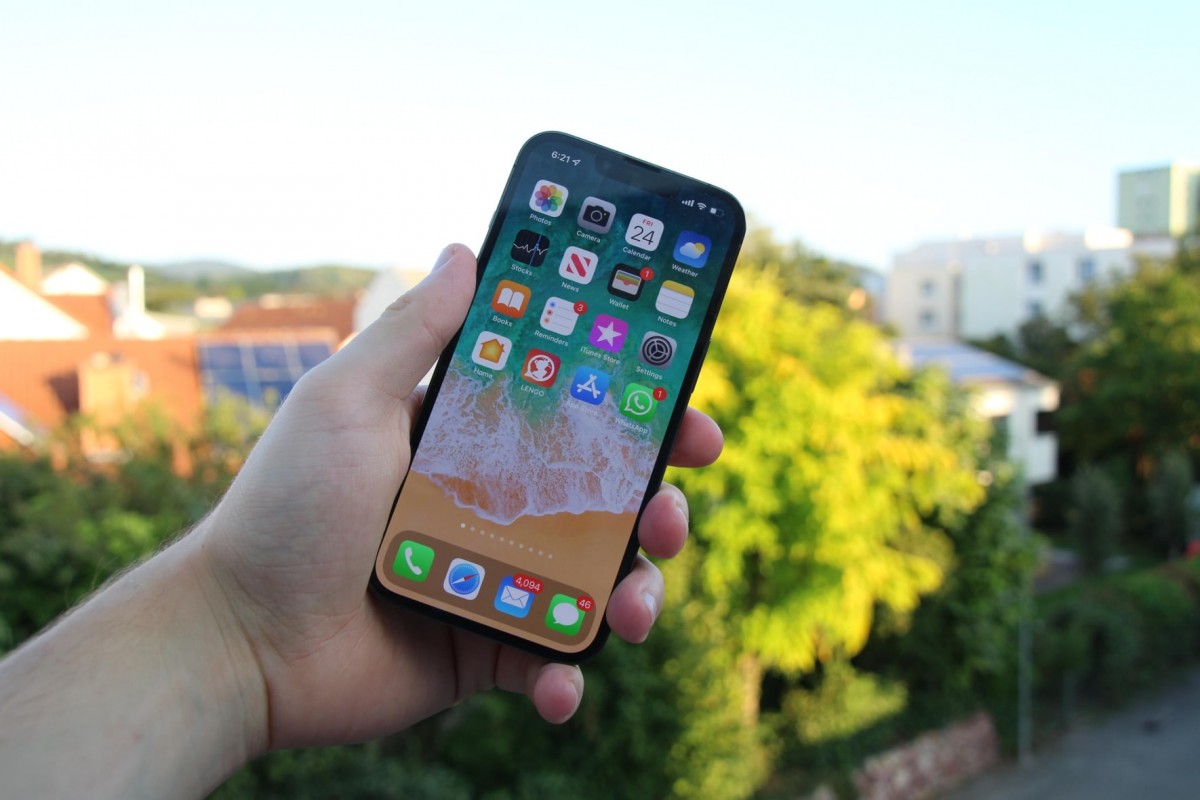First introduced in Windows 10, virtual desktops allowed users to create separate desktops with their applications to multitask and instantly switch between different workflows.
However, thanks to Windows 11, you now have the added ability to create virtual desktops with their separate wallpapers. Here’s everything you should know about it, from creating a virtual desktop to using it effectively.
![How to Create and Use Virtual Desktops on Windows 11 [Detailed Guide] 1 How to Create Use Virtual Desktops on Windows 11 Detailed Guide](https://www.mobigyaan.com/wp-content/uploads/2022/07/How-to-Create-Use-Virtual-Desktops-on-Windows-11-Detailed-Guide.jpg)
Step 1: Accessing Virtual Desktops
You can access Virtual Desktops pretty easily on any Windows 11 PC by hovering over the Task View button that can be found beside Start and Search on the Taskbar.
![How to Create and Use Virtual Desktops on Windows 11 [Detailed Guide] 2 Accessing Virtual Desktop](https://www.mobigyaan.com/wp-content/uploads/2022/07/Accessing-Virtual-Desktop.jpg)
However, if in case you don’t see the Task View button here’s how you can enable it:
- Right-click on the Taskbar then select Taskbar settings. This opens a Settings window.
- In the Settings window, look for the Task View toggle which should be listed under Taskbar Items, and turn it on.
![How to Create and Use Virtual Desktops on Windows 11 [Detailed Guide] 3 How to Enable Task View](https://www.mobigyaan.com/wp-content/uploads/2022/07/How-to-Enable-Task-View.jpg)
Step 2: Using Virtual Desktops
Now that you know how you can access Virtual Desktops on your PC let’s see how you can use it to effectively multi-task and boost your productivity:
- Hover over the Task View button and click on the plus button to create a new desktop which will be labeled as Desktop 2, Desktop 3, 4, 5, and so on. (Alternatively, you can use the Win+Ctrl+D shortcut to create new Virtual Desktops).
![How to Create and Use Virtual Desktops on Windows 11 [Detailed Guide] 4 How to Use Virtual Desktops in Windows 11 3](https://www.mobigyaan.com/wp-content/uploads/2022/07/How-to-Use-Virtual-Desktops-in-Windows-11-3.jpg)
- Once created, click on the new desktop to open it. You can also right-click on any virtual desktop to rename it or set a different background.
![How to Create and Use Virtual Desktops on Windows 11 [Detailed Guide] 5 How to Use Virtual Desktops in Windows 11 4](https://www.mobigyaan.com/wp-content/uploads/2022/07/How-to-Use-Virtual-Desktops-in-Windows-11-4.jpg)
- Next open apps related to your new workflow or click on the Task View button to drag and drop existing apps onto your new Virtual Desktop.
![How to Create and Use Virtual Desktops on Windows 11 [Detailed Guide] 6 How to Use Virtual Desktops in Windows 11](https://www.mobigyaan.com/wp-content/uploads/2022/07/How-to-Use-Virtual-Desktops-in-Windows-11.jpg)
That’s pretty much everything that there is to know about using Virtual Desktops to multitask effectively on Windows 11.

